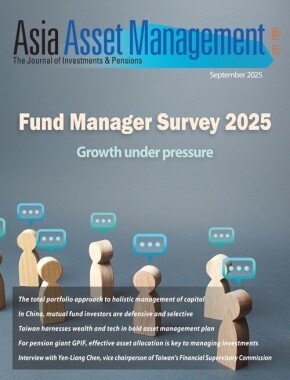Hong Kong’s Mandatory Provident Fund (MPF), the territory’s compulsory pension scheme for workers, posted the highest net annual return of 22.3% in 2017, according to the Mandatory Provident Fund Schemes Authority (MPFA), which supervises the MPF industry.
The MPF’s total assets grew HK$197.2 billion (US$25.28 billion) last year to reach HK$843.5 billion as at December 31, 2017, MPFA says in a statement on Feb 8. About one-third, or HK$267.4 billion, of the gain since the fund was created in 2000 was from investment returns.
MPFA Chairman David Wong says “equities account for 69% of MPF assets, and owing to the upturn in global stock markets in 2017, the MPF system had a strong performance last year”.
The MPF’s annualised return between 2000 and 2017 was 4.8%, compared to the average local inflation rate of 1.8% over the same period.
According to Dr. Wong, “the MPF has added value to scheme members’ contribution since its inception”.
“With the continuous growth of MPF assets, the system plays an increasingly important role as a key pillar of Hong Kong’s retirement savings system,” he says.
He suggests that scheme members may consider “investing according to the Default Investment Strategy (DIS)” because the “MPF is a long-term investment for retirement, spanning 30 to 40 years”.
The DIS, which was introduced last April, enables contributions to be automatically channelled to two constituent funds – the Core Accumulation Fund and the Age 65 Plus Fund – if members fail to provide investment instructions.
Dr. Wong describes the DIS as a “strategy for long-term retirement investment, balancing long-term investment risks and returns.”
He also warns that scheme members should not just focus on returns. “They should also consider the risk levels of funds and their personal needs. The stock markets go up and down. Scheme members should not try to time the market,” he says.

